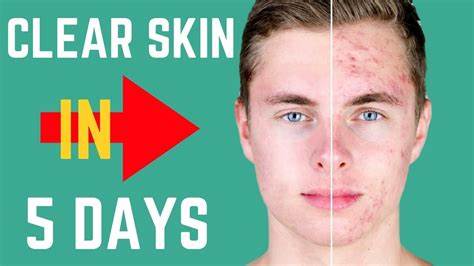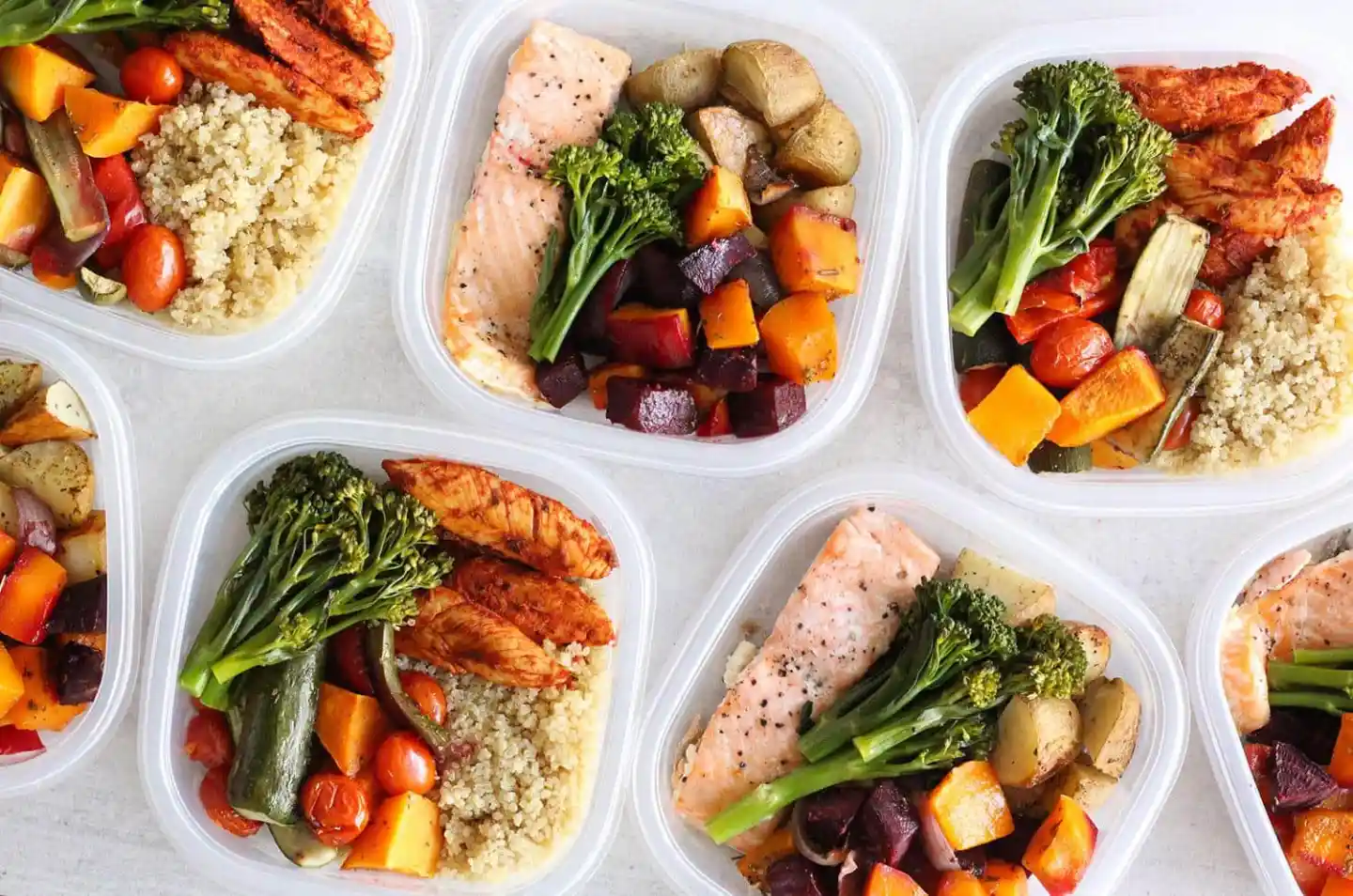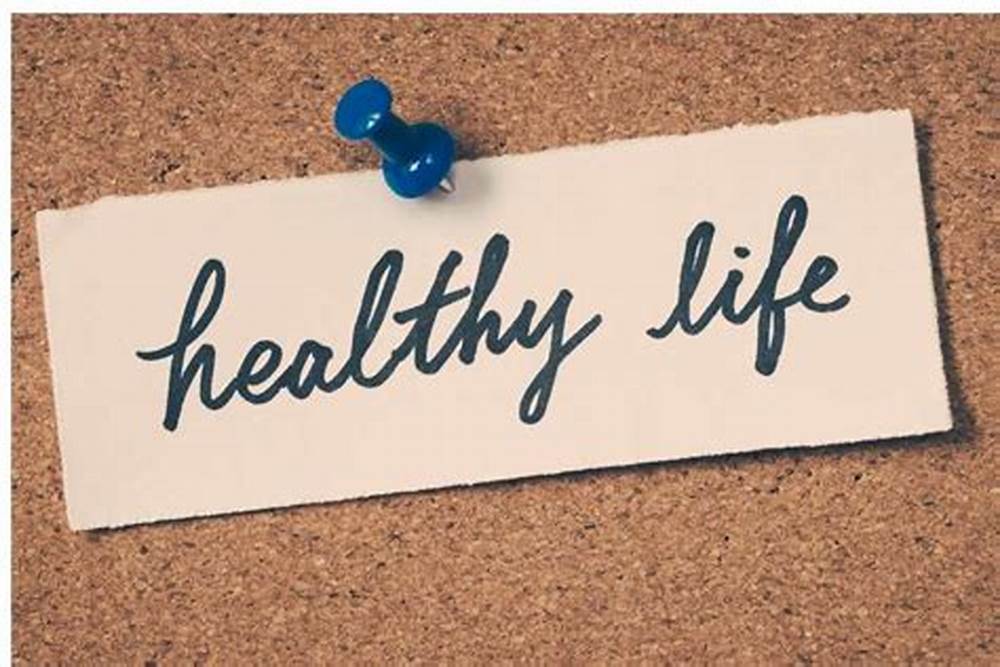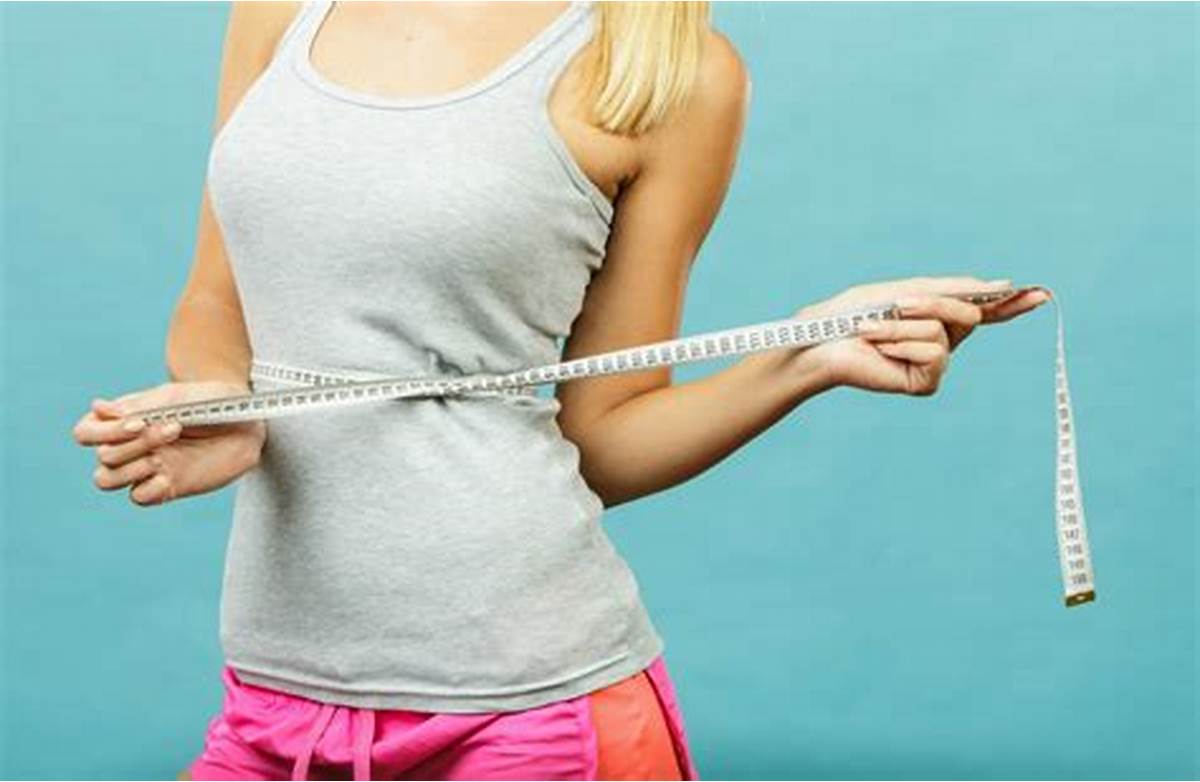Get a clear face with this step-by-step guide covering skincare routines, habits, and proven methods backed by personal experience and expert advice.
Achieving clear skin isn’t about quick fixes or miracle products. It’s about understanding what your skin needs and building a routine that works consistently. I’ve personally struggled with acne and dullness in the past, and after trying many products and routines—some successful, some not—I finally found what works. This guide explains how to have a clear face step-by-step, based on both personal experience and well-researched skincare advice.
Step 1: Understand Your Skin Type
Before doing anything, you need to know your skin type. Your skin could be:
- Oily: Shiny, especially in the T-zone (forehead, nose, chin).
- Dry: Flaky or tight, especially after cleansing.
- Combination: Oily in some areas, dry in others.
- Sensitive: Easily irritated, often reacts to products.
- Normal: Balanced—not too oily or dry.
Understanding your type helps in choosing the right products. For example, I once used a cream meant for dry skin when mine was oily—it only made things worse.
Step 2: Stick to a Simple, Consistent Skincare Routine
Here’s a basic daily skincare routine that I’ve followed with consistent results:
Morning Routine:
- Cleanser
Use a gentle, non-stripping face wash. If you have oily or acne-prone skin, go for a gel-based cleanser with salicylic acid or tea tree oil. Dry skin? Try a hydrating cleanser with ceramides or glycerin. - Toner
This step is optional. Use an alcohol-free toner to restore pH and prep the skin for moisturizer. I found witch hazel-based toners helpful when I had breakouts. - Moisturizer
Hydration is key. Even oily skin needs a lightweight, non-comedogenic moisturizer. - Sunscreen
Never skip sunscreen. Use SPF 30 or higher, even on cloudy days. It protects from sun damage and prevents dark spots and acne scars.
Night Routine:
- Cleanser
Same as morning—never go to bed with a dirty face. - Exfoliate (2-3 times/week)
Don’t overdo this. Use a chemical exfoliant (AHA/BHA) to remove dead skin cells and unclog pores. I made the mistake of scrubbing daily once—it irritated my skin badly. - Moisturizer or Night Cream
Choose something nourishing. Ingredients like niacinamide or hyaluronic acid are great. - Spot Treatment (if needed)
Apply benzoyl peroxide or salicylic acid only on active pimples.
Step 3: Keep Your Hands Off Your Face
This one change made a huge difference for me. Avoid touching, picking, or popping pimples. It spreads bacteria and worsens inflammation. When I stopped doing this, breakouts reduced by at least 30%.
Step 4: Clean Items That Touch Your Face
Often ignored, but very important. Make these a habit:
- Wash pillowcases every 3–4 days.
- Sanitize phone screens daily.
- Don’t reuse dirty towels.
When I started washing my pillowcases regularly, I noticed fewer breakouts around the cheeks and jawline.
Step 5: Maintain a Healthy Diet and Hydration
What you eat shows up on your face. Here’s what worked for me:
- Cut down sugar, dairy, and processed foods.
- Eat more fruits, leafy greens, nuts, and omega-3s (like flaxseed, walnuts).
- Drink at least 8–10 glasses of water a day.
Some studies suggest that dairy may worsen acne. I switched to almond milk and saw visible improvement.
Step 6: Avoid Overusing Skincare Products
More is not always better. Using too many active ingredients together—like retinol, acids, and vitamin C—can irritate the skin. Stick to what works. I follow the “less is more” rule now: a maximum of 4–5 products per routine.
Step 7: Use Non-Comedogenic Makeup and Remove It Properly
If you wear makeup:
- Choose non-comedogenic (won’t clog pores) products.
- Never sleep with makeup on.
- Use a micellar water or oil cleanser to break down foundation and sunscreen.
I started double cleansing (oil-based cleanser followed by a water-based one), and my skin started clearing up faster.
Step 8: Manage Stress and Sleep
Stress hormones like cortisol can trigger breakouts. Prioritize:
- 7–8 hours of quality sleep.
- Regular exercise (even walking 30 mins a day).
- Meditation or journaling to manage mental stress.
When I was stressed during exams, my breakouts would spike. Better sleep and walking daily helped control flare-ups.
Step 9: Try Home Remedies Cautiously
Some home remedies work, but not all are safe for everyone. A few that worked for me:
- Aloe vera gel: Soothes and reduces redness.
- Honey and turmeric mask: Antibacterial and brightening (use once a week).
- Green tea toner: Helps reduce oiliness and inflammation.
Always patch test before trying anything new. I once used lemon juice on a breakout, and it stung badly—never again.
Step 10: Consult a Dermatologist if Needed
If acne is severe or persistent, don’t hesitate to get professional help. A dermatologist can guide you through:
- Prescription treatments (retinoids, antibiotics)
- Hormonal acne solutions
- Chemical peels or laser treatments
I eventually saw a dermatologist who prescribed a topical retinoid—it changed my skin completely in 3 months.
Additional Tips That Helped Me:
- Keep skincare routines minimal but regular.
- Don’t fall for every viral hack or product trend.
- Track what causes breakouts—note changes in diet, sleep, or weather.
Final Thoughts
Clear skin doesn’t happen overnight. It’s the result of small habits done consistently over time. I’ve tried countless products and routines, but what worked was sticking to the basics and listening to my skin.
If you’re just starting your journey toward a clear face, begin simple. Build up based on how your skin responds. And remember, every skin is different—what worked for me might need some tweaking for you. But with patience and consistency, clear skin is absolutely achievable.





